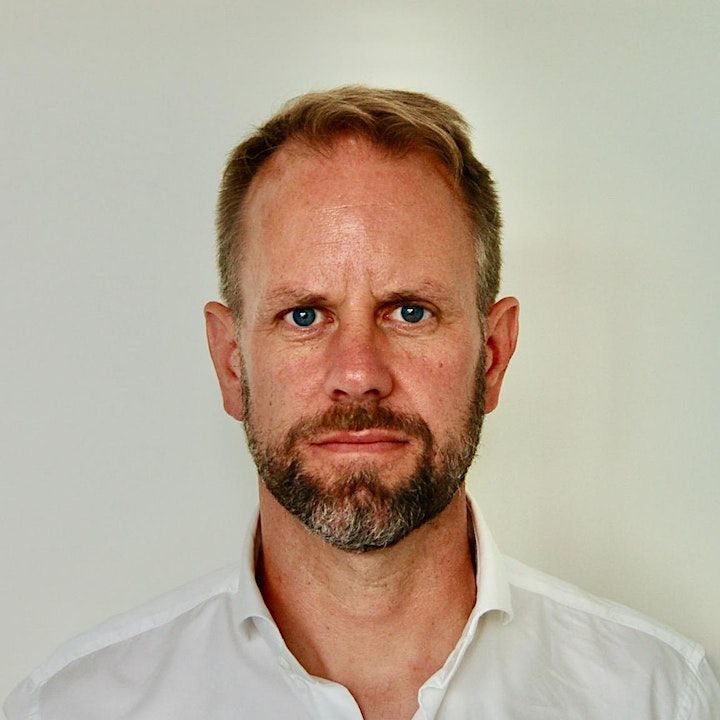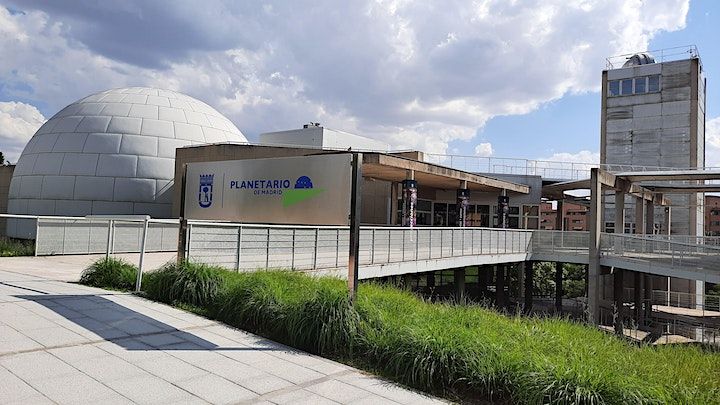ARE THERE HABITABLE PLANETS? AND HOW DO WE GET THERE?
Schedule
Tue Jun 13 2023 at 07:00 pm to 08:00 pm
Location
Planetario Madrid | Madrid, MD

About this Event
MÁXIMO 4 INVITACIONES POR PERSONA (AFORO LIMITADO)
Conferencia que tendrá lugar en la Sala de Proyección del Planetario de Madrid, a cargo del MARKUS KISSLER , el martes 13 de junio a las 19:00h (HOP)
Esta conferencia se impartirá en inglés, sin traducción.
La conferencia además se retransmitirá en streaming en la página de YouTube del Planetario de Madrid
Are there habitable planets? And how do we get there?
Planets beyond our solar system have been known for over 20 years. Some have even been declared habitable - but what does that mean? What form of life do we expect there?What do we know about life? Is our concept of life universal?
Astrobiology deals with such issues, starting from what we know about life on Earth - when and how it arose, how it evolved - and extrapolating furtherfrom our knowledge of biology, chemistry and physics. We try to understand what life would look like if it were different from that on Earth. This in turn, helps us to study which places in the solar system could be habitable. From Mars to the moons of Jupiter and Saturn, a lot of location appear promising. And with now more than five thousand known planets beyond our solar system, the question arises as to whether life could also exist there.
It gets bolder when we ask ourselves if we could ever travel to these distant planets. There is now concrete research on this, aiming at reaching Proxima Centauri, the closest star to the sun. A few technologies are still missing for a first interstellar journey, but they are within reach. This journey would initially be robotic, but there are already plans for human missions.
MARKUS KISSLER-PATIG
Head of Science and Operations (European Space Agency, ESA)
Since February 2019, he was working as Head of Science and Operations at the European Space Astronomy Center (ESAC) near Madrid. Specifically, he is in charge of operating all helioscience, planetary science and astrophysics missions of ESA and of maximising their scientific outcome for the scientific community. Between July 2017 and January 2019, he served as as Deputy Director for Science at the European Southern Observatory in Garching, where he worked until 2012. Between 2012 and 2017, he served as the Director of the Gemini Observatory. Gemini is an international parternship between Argentina, Australia, Brazil, Canada, Chile and the United States, with headquarters in Hilo, Hawaii and La Serena, Chile. The observatory is operating two 8m-class telescopes - one on top of Maunakea in Hawaii, the other on Cerro Pachon in Chile.
Adjunct Professor at the Ludwig-Maximilians University Munich since 2015. In 2015, he was affiliated faculty at the University of Hawaii in Hilo. From 2000 to 2012, he was a senior Faculty member at the European Southern Observatory. Since 2008, he was working as the Project Scientist for the European Extremely Large Telescope Project, and shared his time between project work and astronomical research. As for his early career, he obtained his PhD in early 1997 from the University of Bonn, then moved (partly on a Feodor-Lynen stipent from the Humboldt Foundation) to the University of California Observatories at the UC Santa Cruz where he spent nearly two years. He came to ESO in late 1998 on a fellowship and moved on a faculty position in early 2000 to serve as instrument scientist. Over the next years, he worked on the instruments VIMOS, SINFONI, HAWK-I and KMOS before taking up in early 2008 the position of project scientist for the E-ELT




Where is it happening?
Planetario Madrid, 16 Avenida del Planetario, Madrid, SpainEvent Location & Nearby Stays:
EUR 0.00
